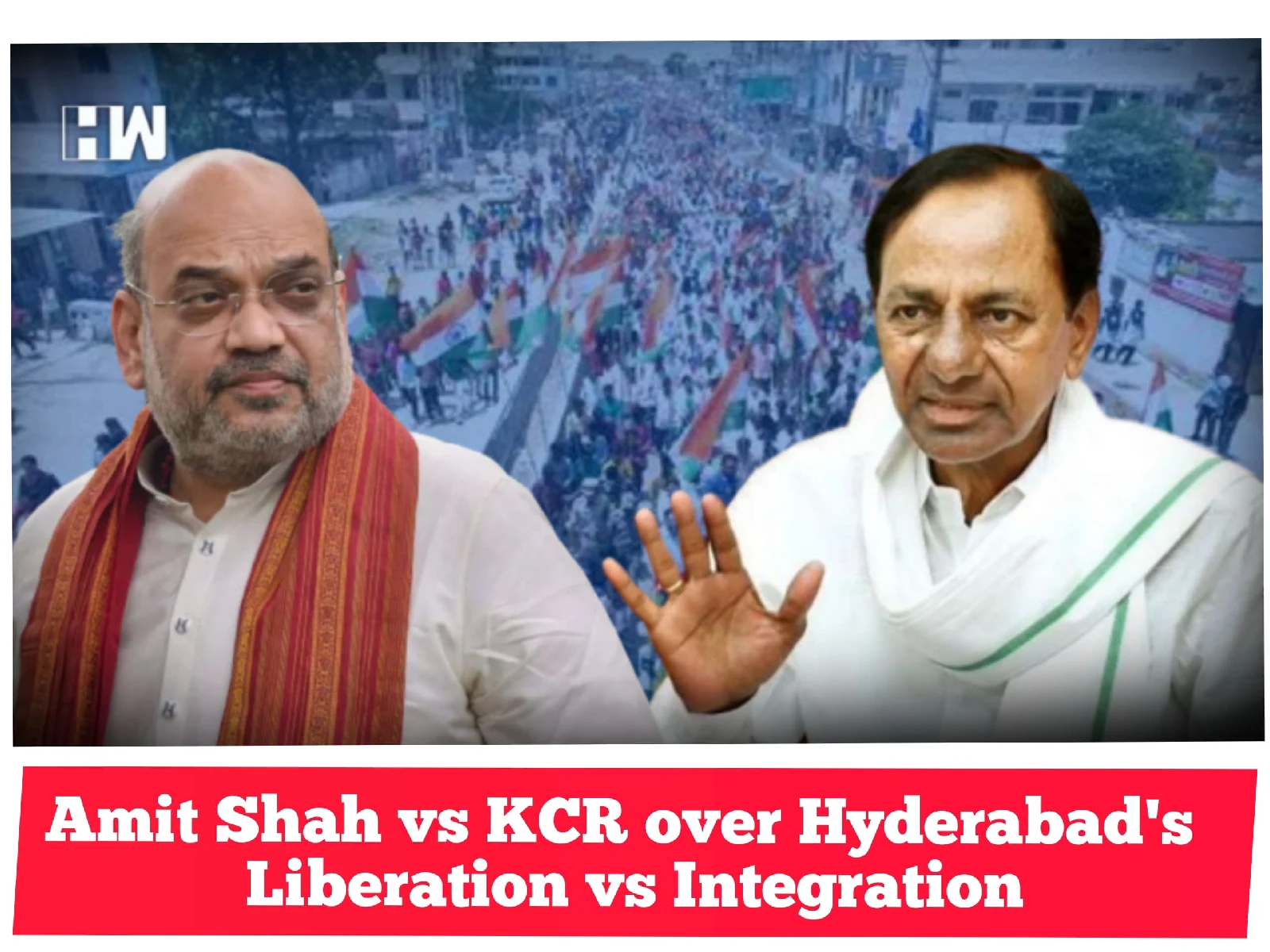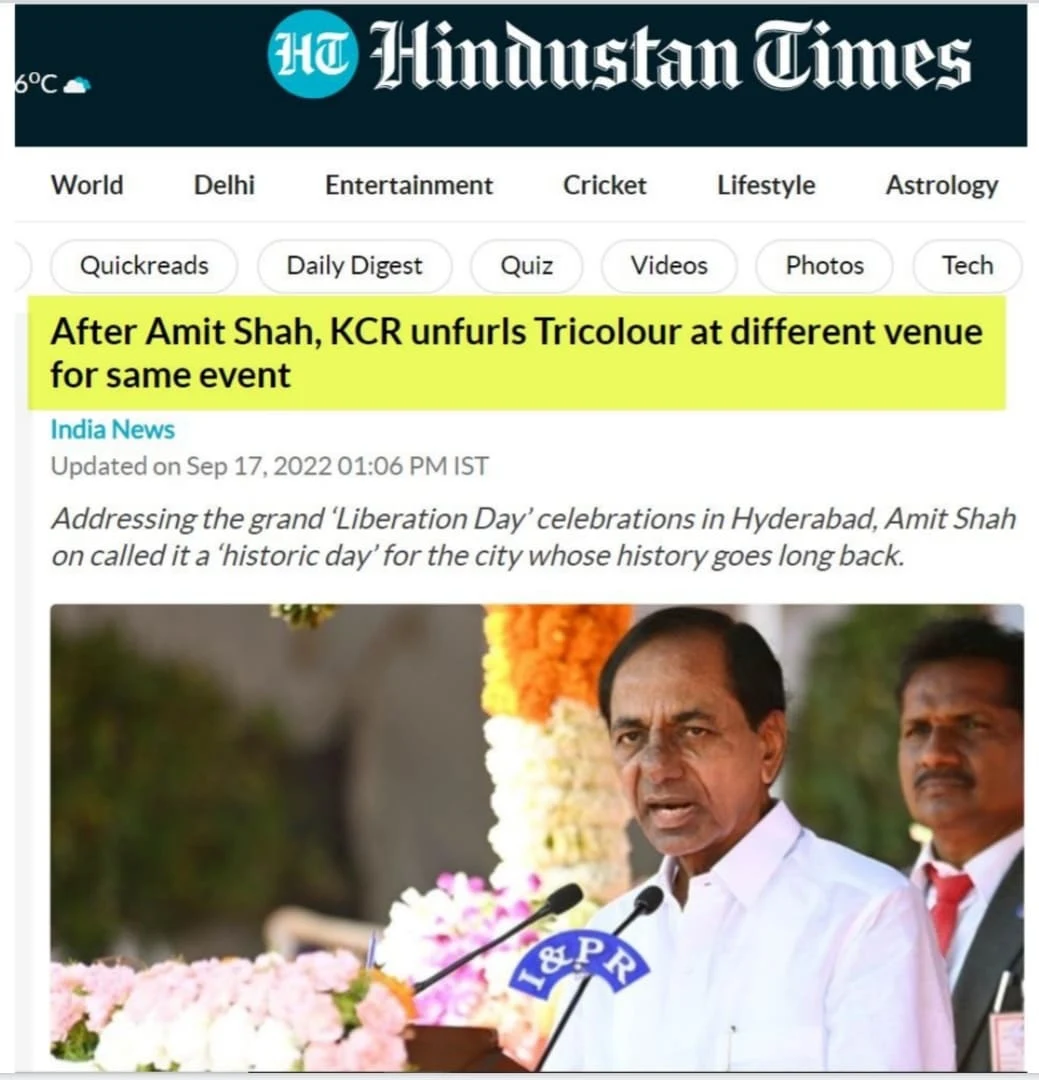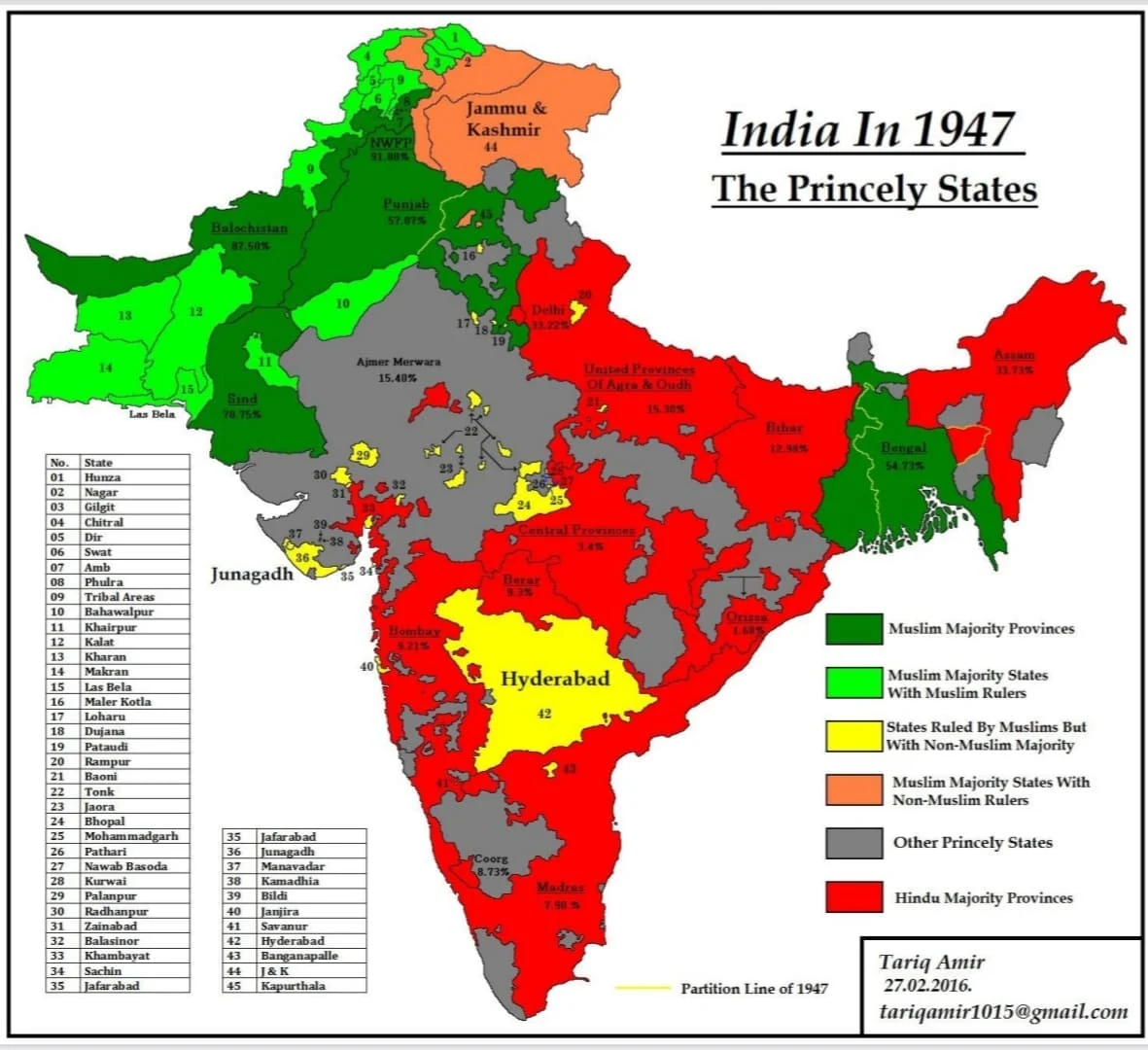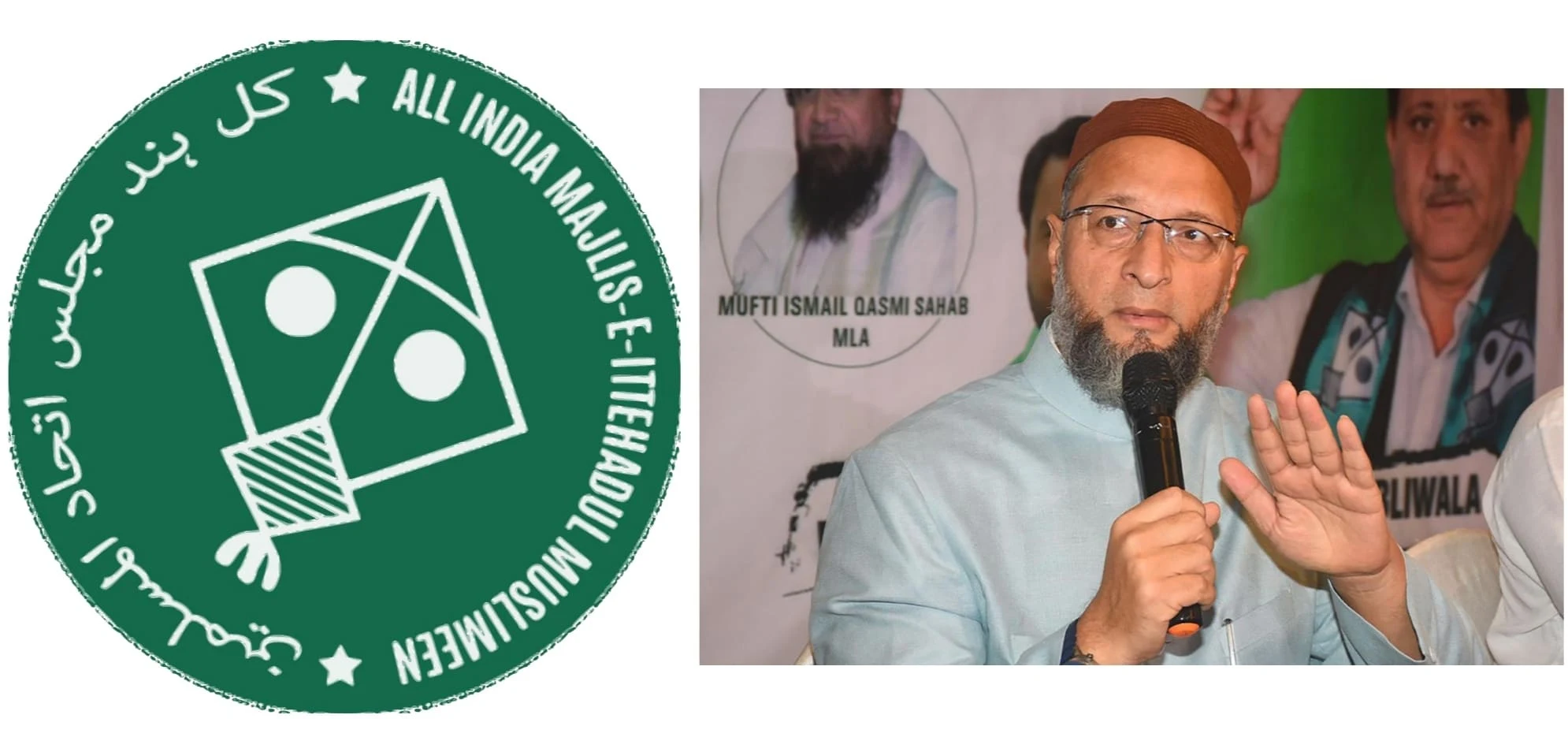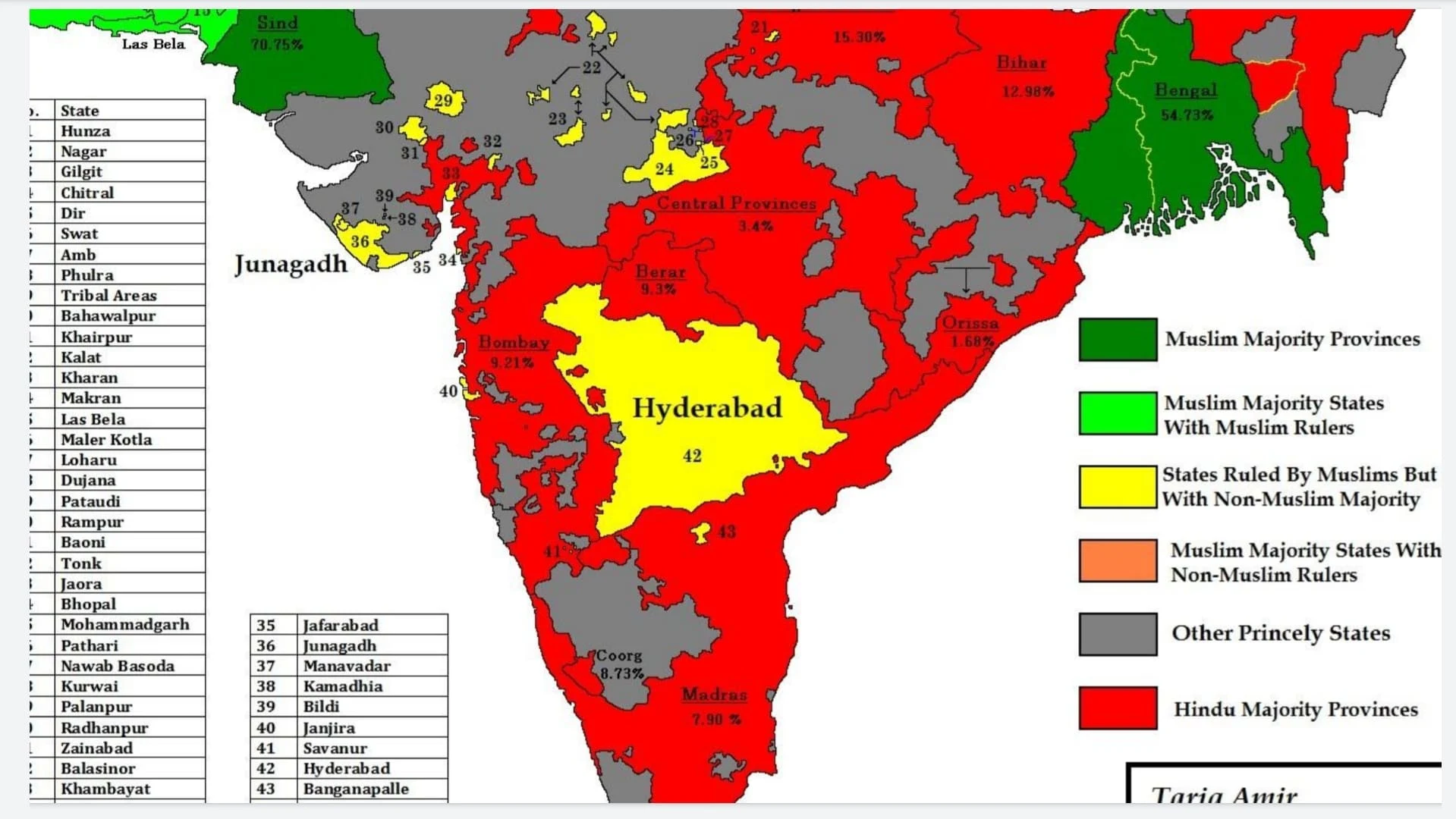Amit Shah vs KCR over Hyderabad's Liberation vs Integration
WHAT HAS HAPPENED ?
Telangana yesterday celebrated, depending on one's political persuasion, the state's 'integration' to the Indian Union or 'liberation' from the rule of the Nizam.
While Chief Minister K Chandrashekar Rao or KCR celebrated 'Telangana National Integration Day', a few kilometers away Union Home Minister Amit Shah celebrated the same historical event but under a very different name: 'Hyderabad Liberation Day'.
A day that marks the integration of Hyderabad state to the Indian Union in 1948 bears witness to what a combative KCR calls the BJP's "divisive agenda".
The BJP's political ambitions are not lost on anyone: with a weakened Congress unable to challenge the Telangana Rashtra Samithi, the BJP sees a glimmering opportunity in Telangana.
CENTRE VS STATE
Instances of the Centre and state not seeing eye-to-eye have become more common in recent months, however, yesterday's events are significant.
While Telangana Chief Minister K Chandrashekar Rao raised the national flag in Public Gardens, Nampally celebrating "Telangana National Integration Day',
7 km away from him at Secunderabad, Union Home Minister Amit Shah also unfurled the national flag marking 'Hyderabad Liberation Day'.
WHAT AMIT SHAH SAID ?
At his rally, Amit Shah invoked Sardar Vallabhai Patel, the first Home Minister of India and said that if not for him, Hyderabad would have taken many more years to get liberated.
"After so many years, there was a desire in this land that the Hyderabad Liberation Day should be celebrated with the government's participation.
But unfortunately, 75 years are over and those who ruled this place could not dare celebrate Hyderabad liberation day due to vote bank politics," Mr Shah said.
He said that many people had promised during elections that they would celebrate Liberation Day.
"But when they came to power, due to the fear of Razakars they turned back... They still have fear.
I want to tell them, remove fear from your heart and Razakars cannot take decisions for this country as it got independence 75 years ago," Amit Shah said.
KCR, who declined an invite to Amit Shah's event today, asked why the BJP was not celebrating the integration of Gujarat's Junagadh to India on November 9 and only "wants to focus on Hyderabad".
At his rally, KCR said that Telangana had come a long way in the last eight years, adding that they had to fight for the rights, dignity, and self-respect for the people of Telangana.
HOW HYDERABAD STATE BECAME PART OF INDIA ?
At the time of India's independence, British India was a mix of independent kingdoms and provinces that were given the options of joining India, Pakistan, or remaining independent.
One among those who took a long time to make a decision was the Nizam of Hyderabad.
From 1911 to 1948, Nizam Mir Usman Ali, the last Nizam of Hyderabad, ruled the state composed of Telangana and parts of present-day Karnataka and Maharashtra.
Believed to be one of the richest people in the world at the time, the Nizam was not ready to let go of his kingdom. Meanwhile, the majority population of Hyderabad state was far from enjoying the same kind of wealth as the Nizam did. The feudal nature of the state at the time caused the peasant population to suffer high taxes, indignities of forced labour, and various other kinds of exploitation at the hands of powerful landlords.
There was also a demand by the Andhra Jan Sangham for Telugu to be given primacy over Urdu.
By the mid-1930s, apart from a reduction in land revenue rates and the abolition of forced labour, introducing Telugu in local courts became another important issue.
Soon after the organisation became the Andhra Mahasabha (AMS), and Communists became associated with it. Together, the two groups built a peasant movement against the Nizam that found local support.
WHO WERE THE RAZAKARS ?
In response to an uprising in July 1946 against forceful land acquisition on the part of a hereditary tax collector named Visnur Ramachandra Reddy, by October 1946, the Nizam banned the AMS.
A close aide of the Nizam, Qasim Razvi, leader of the Ittehad-ul Muslimeen, became closely involved in securing the Nizam's position.
The Ittehad-ul-Muslimeen was a political outfit that sought a greater role for Muslims in the early 20th century, but after Razvi took over the organisation, it became extremist in its ideology.
It was under him that a militia of the 'razakars' was formed to suppress the peasant and communist movement, launching a brutal attack.
Around this time, the Standstill Agreement was also signed between the Nizam and the Indian government in November 1947, declaring a status quo. This meant that until November 1948, the Nizam could let things be as they were and not finalise a decision as negotiations with the Indian union continued.
OPERATION POLO ?
In the first half of 1948, tensions grew as the razakar leaders and the government in Hyderabad began to speak of war with India and began border raids with Madras and Bombay Presidencies.
As a response, India stationed troops around Hyderabad and began to ready itself for military intervention. By June 1948 Sardar Patel, tasked with integrating the states into the union, was growing impatient as the negotiations with the Nizam were unable to draw fruitful results.
With the Nizam importing more arms and the violence of the Razakars approaching dangerous proportions, India officially launched 'Operation Polo' on September 9 and deployed its troops in Hyderabad four days later.
On September 17, three days after the deployment, the Nizam surrendered and acceded to the Indian Union in November.
The Government of India decided to be generous and not punish the Nizam. He was retained as the official ruler of the state and given a privy purse of five million rupees.
INTEGRATION OR LIBERATION ?
The debate about whether the day of independence was about integration into the Indian union after months of negotiations, or liberation from an autocratic monarch has continued.
Hyderabad's history continues to affect today's politics.
After Qasim Rizvi left India for Pakistan, the organisation was handed over to Abdul Wahed Owaisi, the grandfather of Asaduddin Owaisi, the All India Ittehadul Muslimeen (AIMIM) president and Hyderabad MP.
He said recently that the AIMIM of today was the successor of freedom fighters Turrebaaz Khan and Maulvi Alauddin and not Qasim Rizvi, distancing his party from the organisation's roots.
